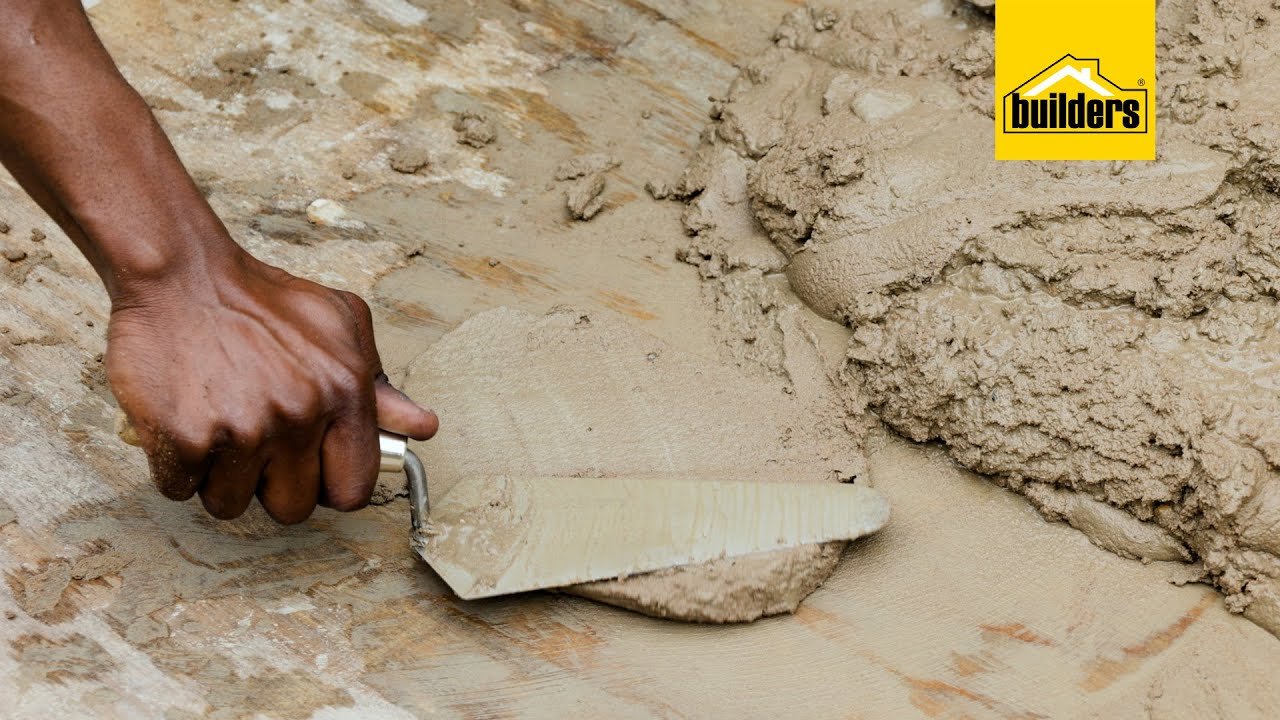When tackling construction or renovation projects, knowing the differences between plaster, mortar, and concrete is essential. Each of these materials serves a distinct purpose, and using the right one can make or break your project. In this article, we’ll dive into the specifics of each mix, explaining how and when to use them to achieve the best results.
What is Plaster?
[Plaster: The Protective Layer for Walls]
Plaster is a versatile mixture made from cement, water, and very fine sand, commonly used to finish both exterior and interior walls. Its primary function is to provide a smooth, protective layer that conceals imperfections on the wall surface. Additionally, plaster acts as a shield against elements like rain, making it ideal for both decorative and protective purposes.
To mix plaster, the standard ratio is one part cement to six parts plaster sand, with water added gradually until the mixture reaches a thick, yogurt-like consistency. This combination not only enhances the wall’s appearance but also prepares it for painting or applying a color wash.
What is Mortar?
[Mortar: The Binding Agent for Brickwork]
Mortar is another construction material made by mixing cement, water, and coarse aggregates, but it is specifically used as a binding agent for brick and stone masonry. The typical ratio for a mortar mix is one part cement to six parts river sand, with water added until the mixture achieves a peanut butter-like consistency.
A quick test to check if the mortar has the right consistency is to scoop some onto a trowel and tilt it 90 degrees. If the mix adheres without falling off, it’s perfect for use. Mortar plays a crucial role in ensuring that bricks are held together securely, creating a durable structure.
What is Concrete?
[Concrete: The Backbone of Construction Projects]
Concrete, one of the most widely used construction materials, is a mix of cement, water, coarse aggregates, and stone. It is the backbone of infrastructure, used in constructing bridges, roads, and buildings due to its incredible strength and durability. The standard concrete mix ratio is one part cement, three parts river sand, and three parts stone.
Concrete is classified by its strength, measured in megapascals (MPA), with common ratings being 15, 25, and 30 MPA. A common misconception is that adding more cement strengthens the concrete, but this can actually weaken it. It’s important to follow the recommended ratios and allow the concrete to cure properly by keeping it moist for the first few days.
Choosing the Right Material for Your Project
[Choosing Between Plaster, Mortar, and Concrete for Your Next Project]
Understanding when to use plaster, mortar, or concrete is crucial for any construction project. Plaster is best for finishing and protecting walls, mortar for binding bricks and stones, and concrete for creating strong, structural elements. By following the proper mixing ratios and application methods, you can ensure that your construction or renovation work is both durable and aesthetically pleasing.
Conclusion:
Selecting the right mix—whether plaster, mortar, or concrete—can dramatically impact the outcome of your project. Each material has a specific role, and using them correctly is key to achieving the best results. For more guidance and tips on construction materials, visit our blog and explore more expert advice.
